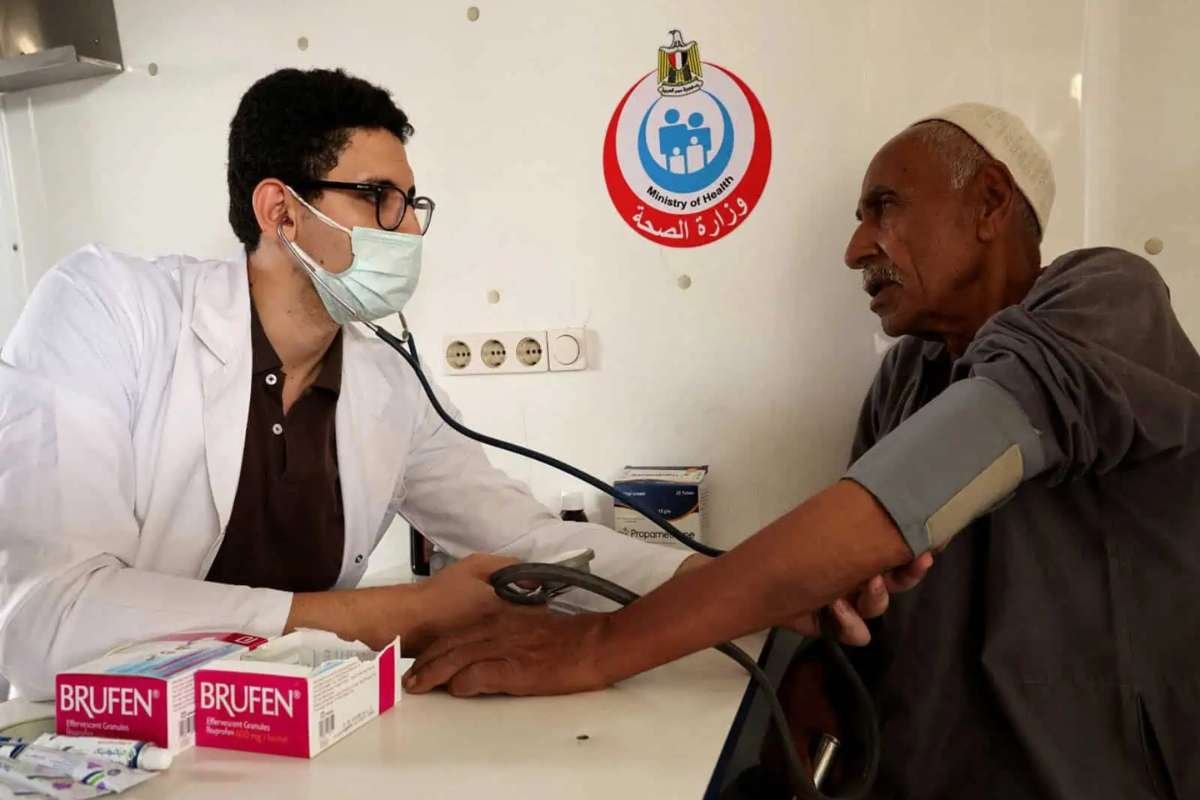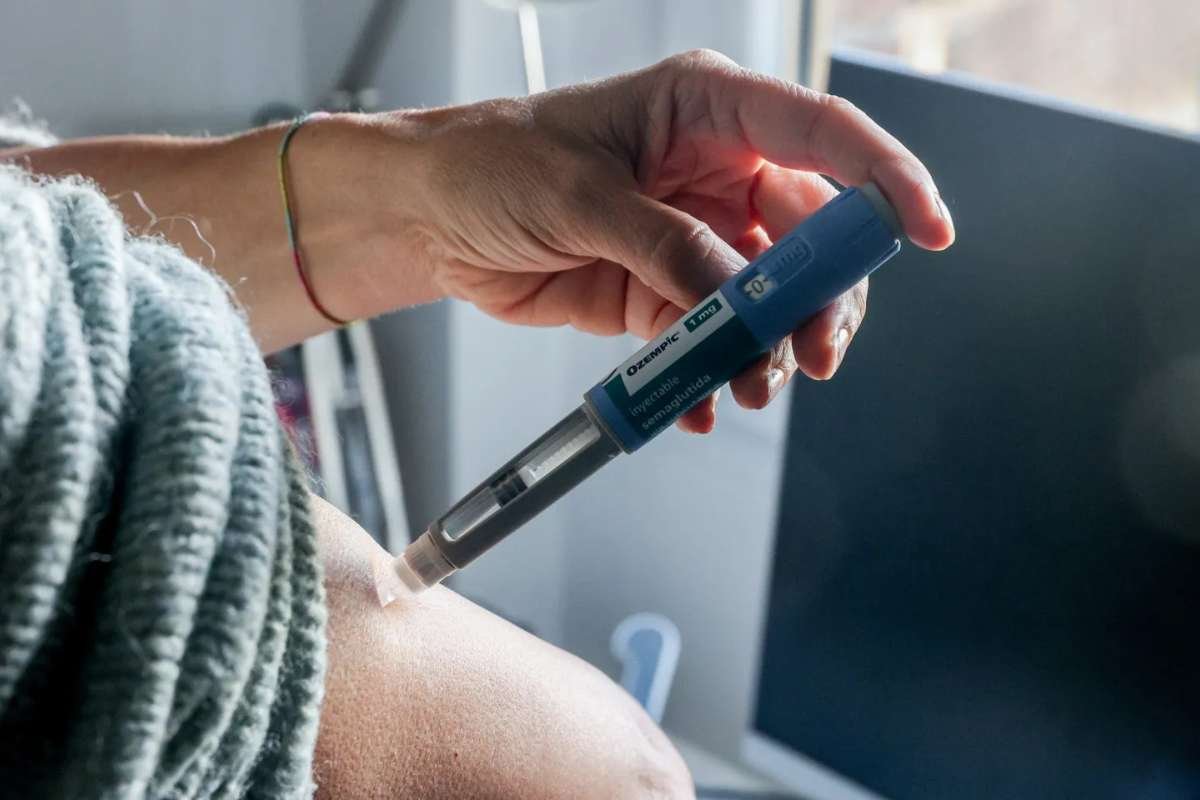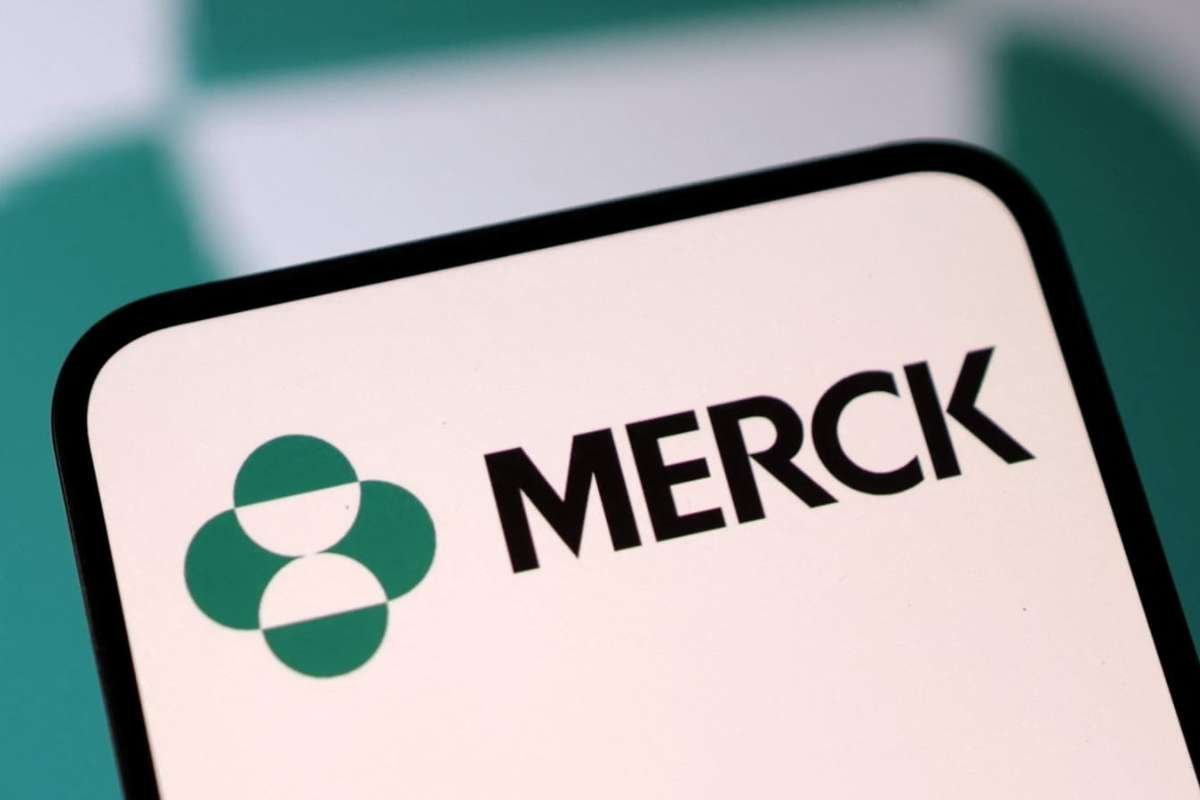Advancing AI and Robotics in Healthcare
Siemens Healthineers is leveraging artificial intelligence AI and Robotics in Healthcare to revolutionize by enhancing patient outcomes, streamlining automation, and reducing costs. With a Rs 1,300 crore investment, the company is setting up a new campus in Bengaluru, consolidating its development centre and manufacturing operations. This expansion aims to bolster its workforce, currently at nearly 3,500 employees, including 1,000 women in technology roles, making up 30% of its engineering team. The company plans to add 700-900 new roles in the current fiscal year.
Peter Schardt, Chief Technology Officer of Siemens Healthineers, emphasized the growing demand for healthcare services and the increasing burden on healthcare professionals. AI and robotics, he explained, will play a pivotal role in automating processes and boosting efficiency. He envisions a future where patients can undergo screenings with minimal human intervention, enhancing accessibility and productivity.
With an annual R&D budget of €2 billion, Siemens Healthineers is driving innovation across its portfolio. A key breakthrough involves applying AI to raw medical imaging data, such as photon-counting CT scans, to enhance diagnostic precision. By utilizing richer raw data, AI can improve image quality, automate workflows, and deliver more accurate diagnoses.
Enhancing Patient Outcomes Through AI and Robotics
AI-powered medical technologies are reshaping patient care, particularly in oncology and diagnostic imaging. Siemens Healthineers’ AI contouring algorithm, for instance, automates the mapping of a patient’s anatomy for radiation therapy, ensuring precise dosage delivery while minimizing harm to surrounding organs. This automation accelerates treatment planning, improving efficiency and accuracy.
Another major innovation is the Deep Resolve algorithm, which reduces MRI scan times by 60-70%, enabling healthcare providers to double the number of imaging studies without additional hardware investment. Faster imaging means quicker diagnoses and reduced waiting times for patients.
Robotics is also making significant strides in minimizing invasive procedures. In neurovascular treatments, particularly for strokes, AI-driven robotic systems are being developed to enable remote interventions, such as robot-assisted thrombectomies. This technology could dramatically reduce transportation time for stroke patients, leading to faster clot removal and significantly improving survival rates and recovery outcomes.
India’s Role in Healthcare Innovation
India has become a key hub for Siemens Healthineers’ global R&D efforts. The Bengaluru development centre is unique within the company, covering multiple medical technology sectors, including computed tomography, molecular imaging, magnetic resonance, ultrasound, and diagnostics.AI and Robotics in Healthcare Several cutting-edge India-specific innovations are being developed to improve affordability and accessibility.
One notable innovation is the MULTIX Impact E1 digital X-ray system, designed specifically for the Indian healthcare market. Siemens Healthineers has also introduced an MRI system that uses less than one litre of helium, compared to the 1,000 litres required by conventional MRI machines. This reduces maintenance costs and lowers the overall cost of ownership, making advanced imaging more accessible in India.
The company is also working on affordable Photon Counting CT technology, which it believes will become a standard diagnostic tool in cities worldwide within the next decade. According to Schardt, Siemens Healthineers is not just innovating new features, but is also focused on scaling and making these technologies affordable to ensure global adoption.









